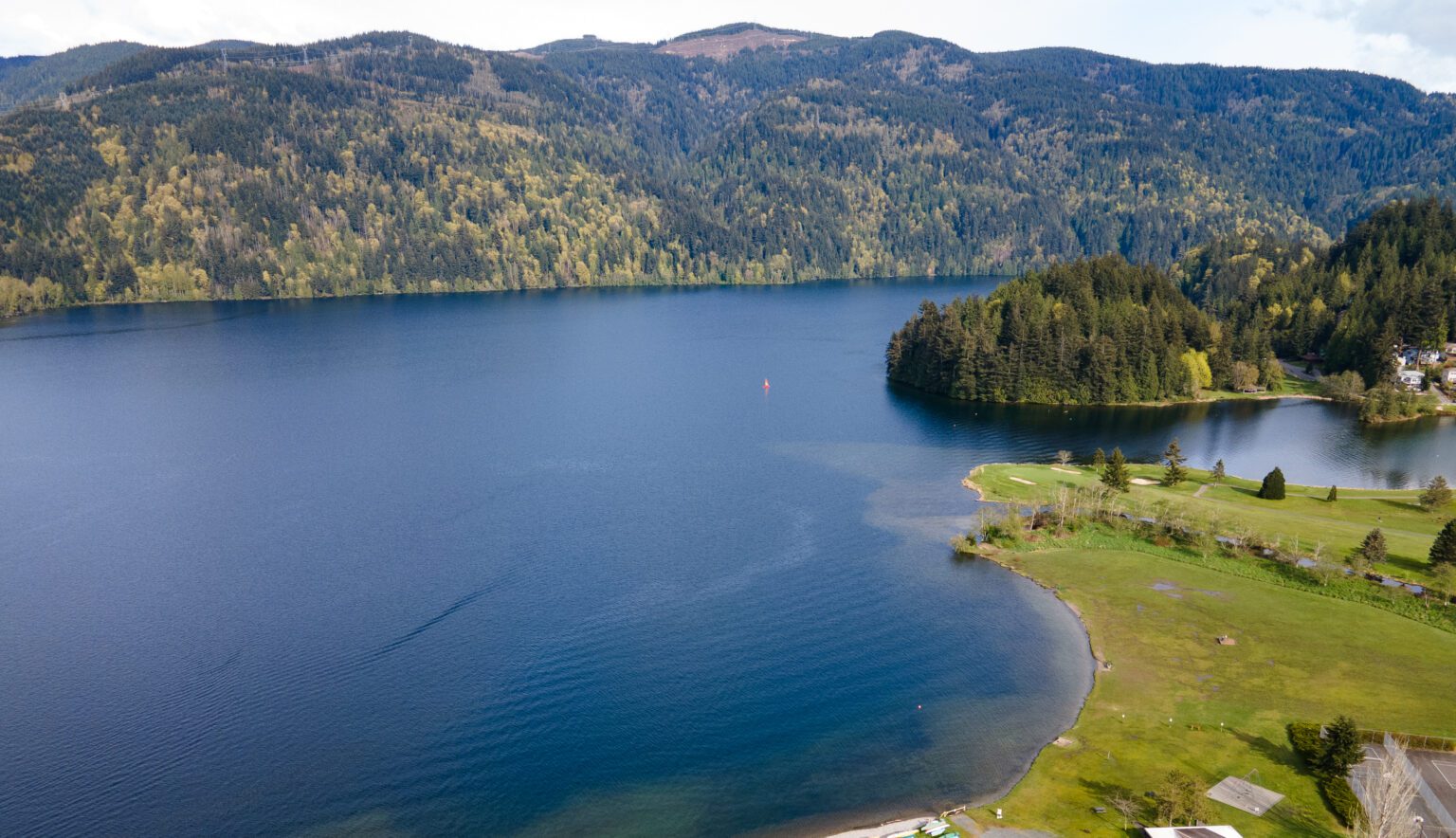Water quality in Lake Whatcom has improved marginally in recent years, according to new data from Western Washington University researchers.
Monthly sampling at four sites around the lake — which monitors algae, dissolved oxygen and phosphorus levels, among other things — shows very slow improvements in nutrient levels.
“It’s modest good news, but it is good news,” Angela Strecker, director of WWU’s Institute for Watershed Studies, said during the yearly Lake Whatcom management program last week. Efforts to improve water quality are having some effect, but “probably not at the speed that anyone would hope to see,” she said.
The lake, a popular recreation site and the source of drinking water for almost 100,000 residents in the county, has been on the state’s list of polluted water bodies since 1998 as a result of low levels of dissolved oxygen. Over time, phosphorous and fecal coliform bacteria have proliferated in the lake due to stormwater runoff.
Development has contributed to phosphorus levels in recent decades, according to the Washington State Department of Ecology. Without that development, “the lake would meet state standards for dissolved oxygen if there was 86 percent less development than existed in 2003,” according to computer models from the department.
Data collected and analyzed by Strecker’s team throughout 2022 shows “no significant trend over time” in phosphorus levels.
“It’s not a fast process to turn off the taps of phosphorus,” Strecker said. “In early years, we can see that there was definitely an increasing trend that seems to have plateaued and potentially is declining.”
A fully healthy watershed remains a lofty goal, Strecker told Cascadia Daily News.
“It took a long time to get to this point, and it’ll take us a long time to get out of it,” she said.
Bellingham Mayor Seth Fleetwood agreed.
“If we could return the entire watershed to a state of pristine wilderness overnight, the experts report that we would continue to see downward trends for some period,” Fleetwood said.
The yearly “state of the lake” brings together both Whatcom County Council and Bellingham City Council every year, giving council members and key stakeholders the opportunity to discuss efforts to improve water health. The group is still in the early phases of a 50-year, $100 million water quality improvement plan, approved by the Environmental Protection Agency in 2016.
In 2022, the city spent close to $2 million on 136 acres in the watershed, removing those plots from potential development. Since 2001, the city has purchased more than 2,400 acres of land through the Lake Whatcom Land Acquisition and Preservation program, designed to preserve land around the watershed from development.
“We’re trying to buy up areas that are currently zoned for development,” Fleetwood said. “We’re slowly making progress in that regard.”
Fleetwood expressed optimism, as well as some concerns, about the state of the lake after the meeting.
“There is evidence that can be found for optimism, and there is evidence found for ongoing concern,” he said. “I feel optimistic, as long as we continue to take seriously the aspects of the report that show negative trends.”




